Everybody knows who Jack the Ripper is but in a sense, we really don’t. All we have is a name without any clear face attached to it. He was the epitome of mystery that terrorized London during the 1800s when he slaughtered five prostitutes that led to him becoming one of the most famous serial killers in history.
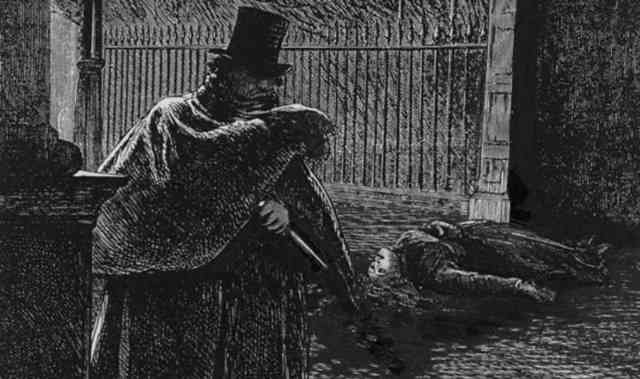
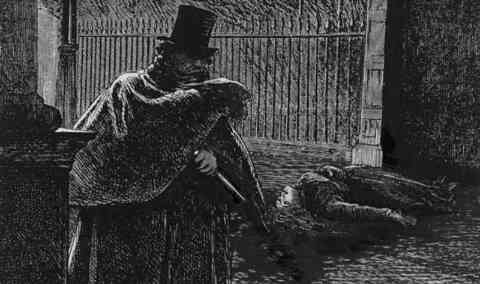
In the present day, killing five people may not seem like much especially when you put that side by side with the body count of other serial killers like Ted Bundy, John Wayne Gacy or Peter Sutcliffe. But in 1888, the Ripper’s sadistic way of murdering women was inconceivable and horrific that he caught the attention not just of the people of London but of the whole world.
The first victim
In Victorian England, London’s East End was a place of extreme overcrowding and was filled with the poorest citizens and immigrants. A lot of women then were resorted to prostitution, and in 1888 there were more than a thousand prostitutes in Whitechapel one of which was Mary Ann Nichols.
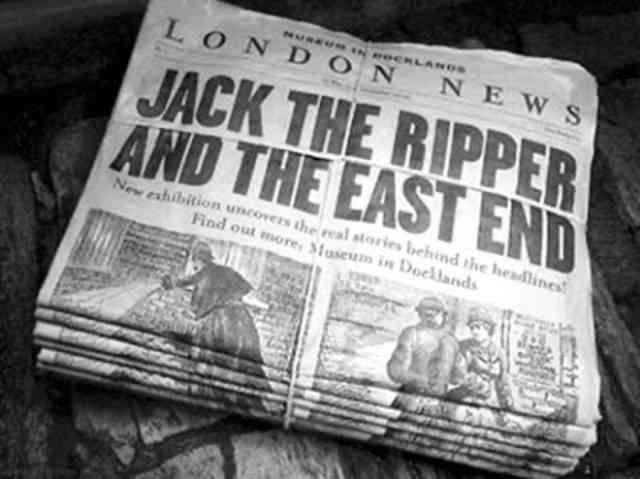
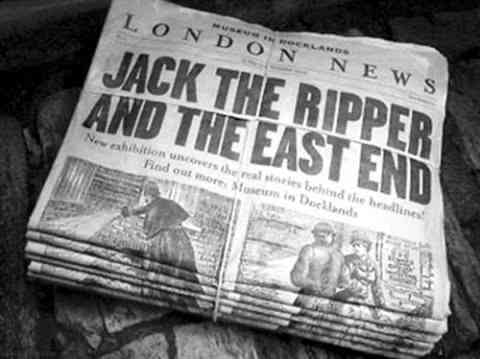
On August 31, Nichols was found dead and mutilated on a narrow London street called Buck’s Row. Her body was discovered around three in the morning by cart driver Charles Cross who was on his way to work at that time. She later became the first known victim of London’s notorious serial killer, Jack the Ripper.
Mystery murderer
Dr. Rees Ralph Llewellyn then observed Nichols’ dead body to determine the cause of her death. His findings say that “large vessels of the neck on both sides were severed” and “a circular incision, which terminated at a point about 3 in. below the right jaw.” A more graphic description also says that “the abdomen had been cut open from centre of bottom of ribs along right side, under pelvis to left of the stomach.” Mary Ann’s murder left no evidence that could identify her murderer. There were no witnesses, murder weapons or any other details that could lead to her killer’s identity.
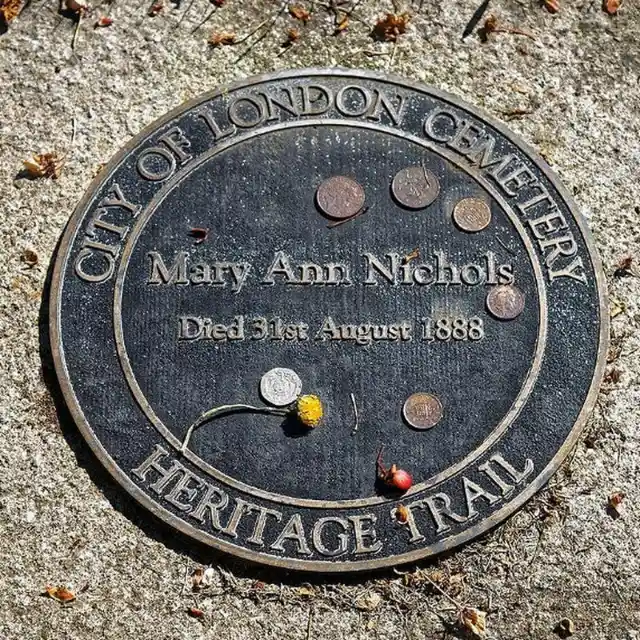
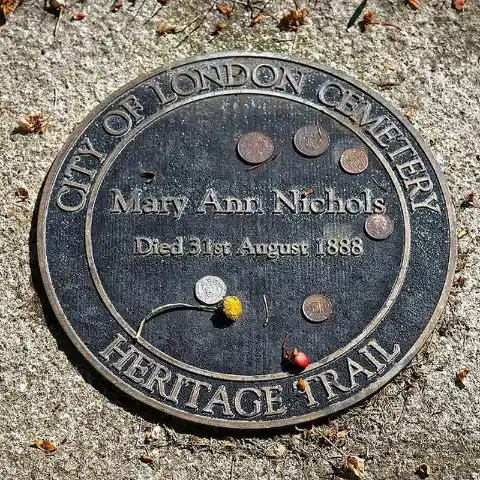
Nichols was buried on September 6, 1888, in the City of London Cemetery. In 1996, the cemetery authorities decided to mark her grave with a plaque that identifies her as the first victim of the infamous Jack the Ripper.
The rise of a serial killer
Mary Ann Nichols, a call girl, was the first known victim of Jack the Ripper. Following her murder, the East End neighborhood of Whitechapel in London had four more victims of murder during the next months. All of these victims’ murder were similar to the case of Nichols’ death which led the authorities to attribute their deaths to Jack the Ripper (although some claim that he actually murdered more than five women).
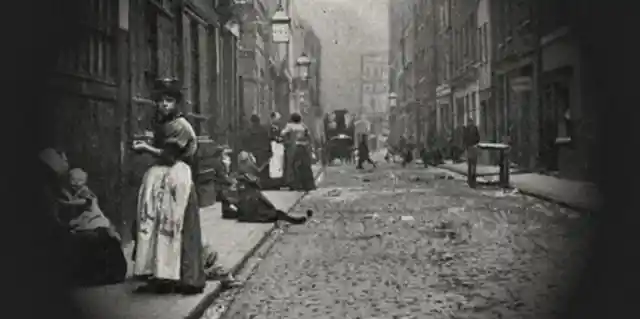
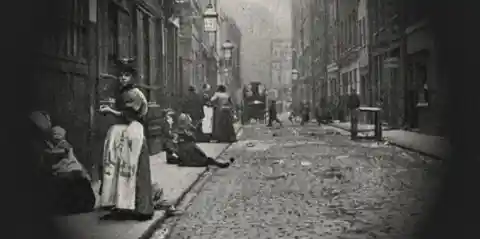
The Ripper was never caught and his true identity remains a mystery to this day. The case of East End’s serial killer is one that has not been solved for over a hundred years.
The Canonical Five
On September 8, 1888, the serial killer claimed his second victim, Annie Chapman. And on September 30, two more call girls – Liz Stride and Kate Eddowes–were murdered on the same night. The Ripper killed Mary Jane Kelly, his fifth and final victim, on November 7.
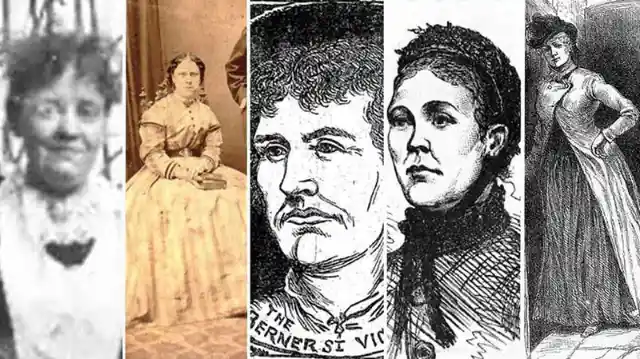
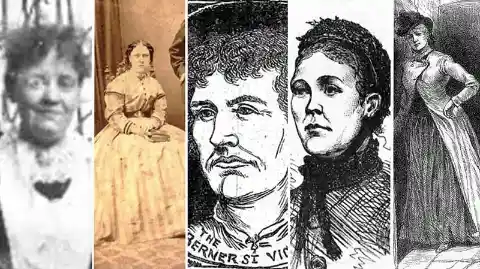
In 1894, Melville Macnaghten, former Chief Constable of the Metropolitan Police, claimed that “the Whitechapel murderer had five victims and five victims only”–Nichols, Chapman, Stride, Eddowes and Kelly. They became known as the ‘Canonical Five’, the five call girls murdered by Jack the Ripper. This was attributed to the similarities in the way they were all killed. But is it possible that Jack the Ripper went on a murder spree and actually killed more than five women?
Murder count
It is generally accepted today that Jack the Ripper had five victims. But the Whitechapel murder cases (which includes Jack the Ripper’s victims) actually consists of eleven. Two of these happened before the murder of Mary Nichols, the Ripper’s first acknowledged victim. Many felt that the previous deaths of Emma Smith (April 1888) and Martha Tabram (August 1888) could also have been the work of the same killer who murdered Nichols. And if that were true, then Nichols may be considered the third victim.
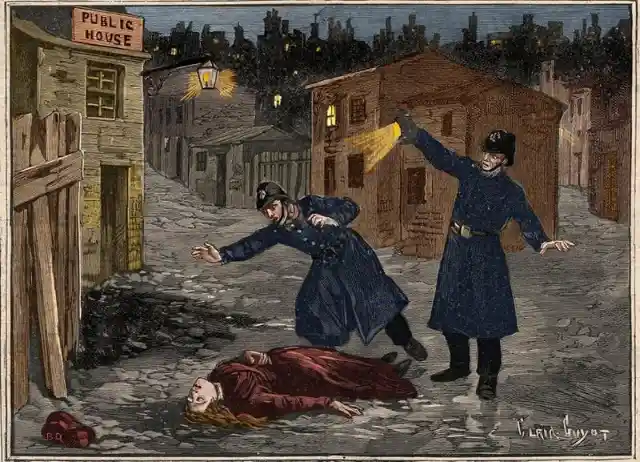
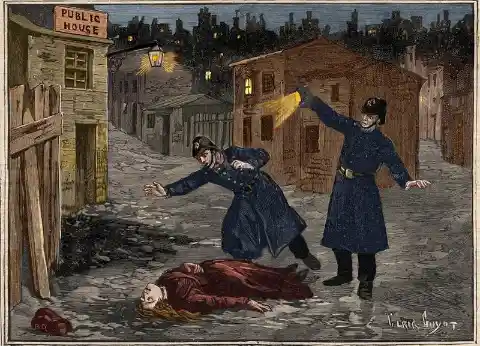
Four more deaths in Whitechapel occurred after the murder of Mary Kelly on November 9 which was generally agreed as the Ripper’s final crime. The killing of those four women also prompted “Ripper scares”.
The Whitechapel Murders
Based on police investigation, the Whitechapel murders spanned for three years from 1888 to 1891 and included eleven victims: Emma Smith, Martha Tabram, Mary Ann Nichols, Annie Chapman, Elizabeth Stride, Catherine Eddowes, Mary Jane Kelly, Rose Mylett, Alice McKenzie, Frances Coles and one unidentified headless torso. And what’s their common denominator? They were all known to be call girls living in lodging houses in the East End.
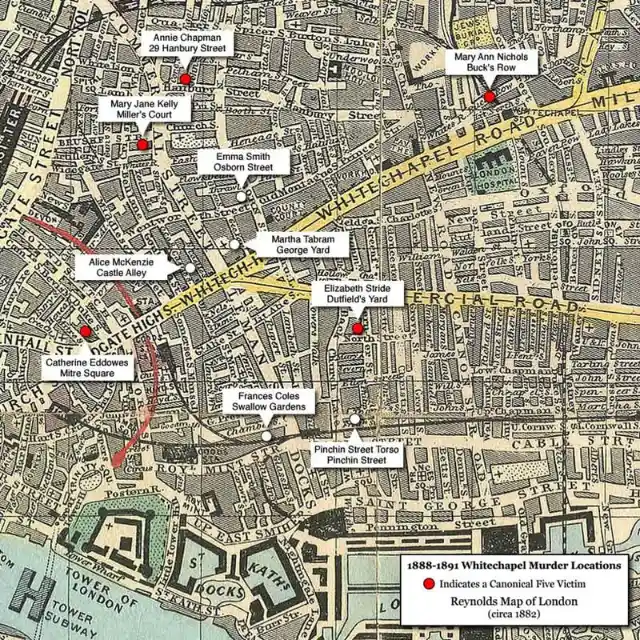
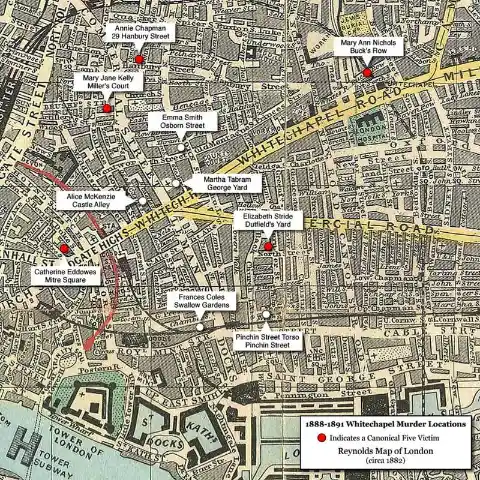
Is it possible that all these murders were the work of only one man? Was Jack the Ripper responsible for all of these women’s deaths? Many people believe that he was but some disagree.
The anatomy of Jack the Ripper’s crimes
Scotland Yard police had determined the pattern of the killings in 1888. The murderer would offer money to pay for sex and lure them onto a secluded street. He would strangle them until they became completely unconscious. He would then cut their throats once they were on the ground and disembowel them with a knife while they bleed to death.
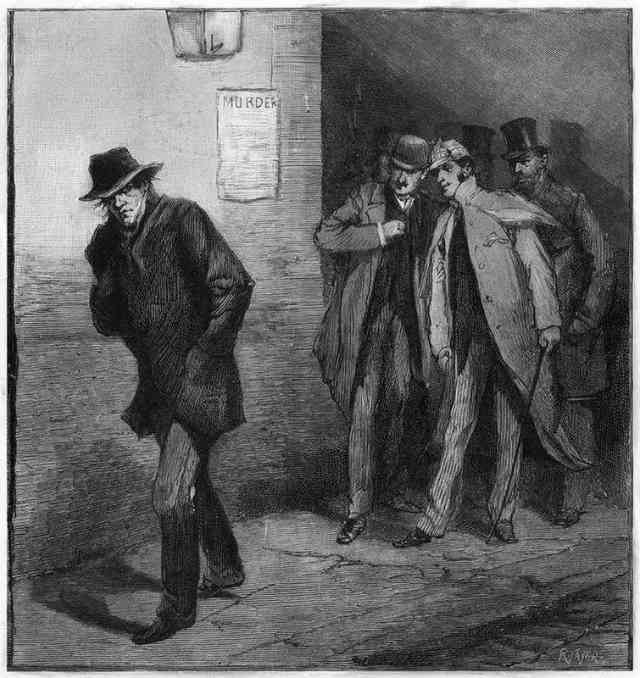
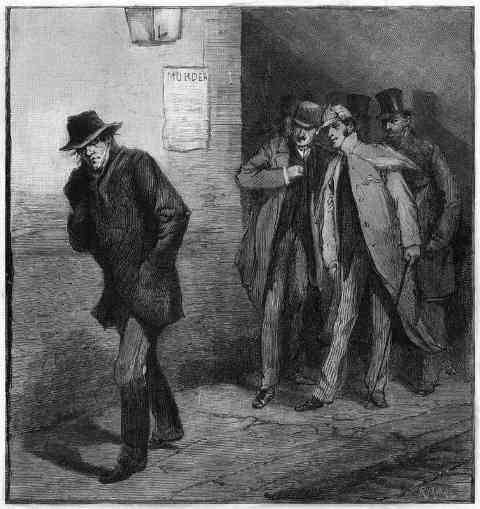
Some people even believe that Jack the Ripper must have had some anatomical knowledge. This was largely due to the fact that mutilations perpetrated on the victims involved careful removal of some of their organs. This led many people to believe that he may have been a doctor.
The Letters
With the lack of evidence and modern forensic techniques, the police couldn’t find suspects behind the killings. Dozens of letters allegedly written by the murderer were sent to the police but they were immediately deemed questionable. However, two of these letters written by the same person alluded to crime facts only the police and the actual killer would know. And these letters were signed “Jack the Ripper” which gave rise to the popular nickname.
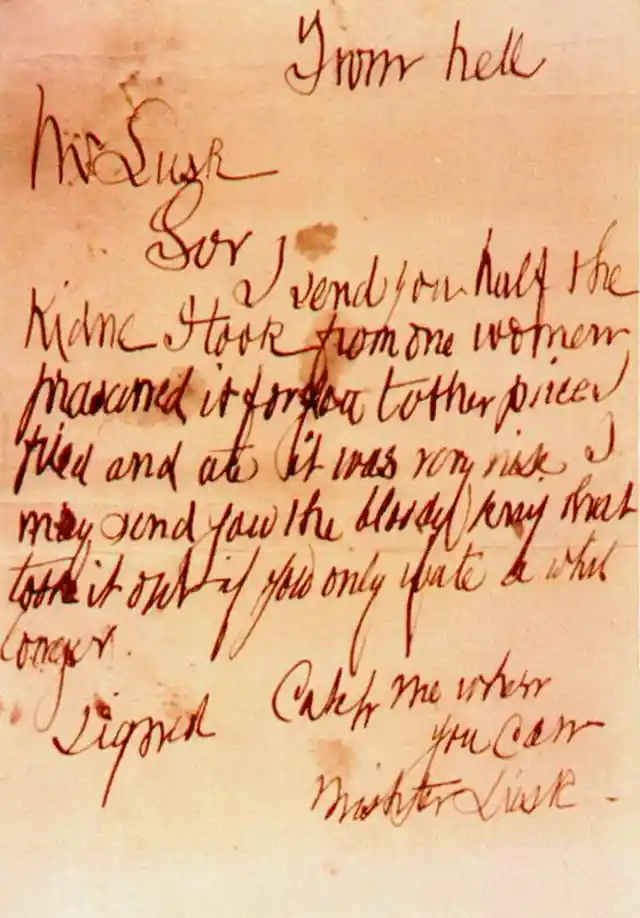
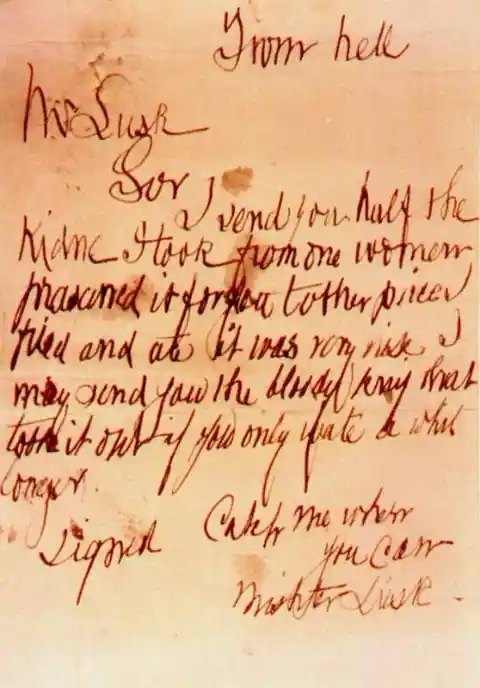
Despite countless speculations, Jack the Ripper was never identified. In 1892, the Ripper’s case was closed because no new murders were recorded and there was a lack of new leads.
H.H. Holmes = Jack the Ripper?
Dr. Henry Howard Holmes was an American serial killer who confessed to 27 murders. His great-great-grandson, Jeff Mudgett, claims that Holmes was actually the man responsible for the Whitechapel murders and he masqueraded as Jack the Ripper to carry out his heinous crimes. Mudgett believes that the Ripper killed the five prostitutes in London’s East End and escaped to the US to dodge the British police.
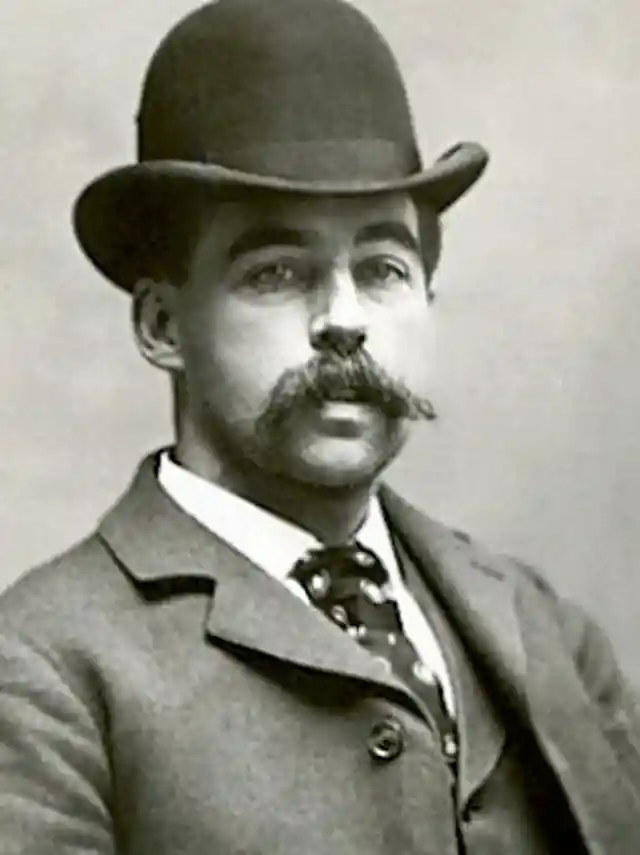
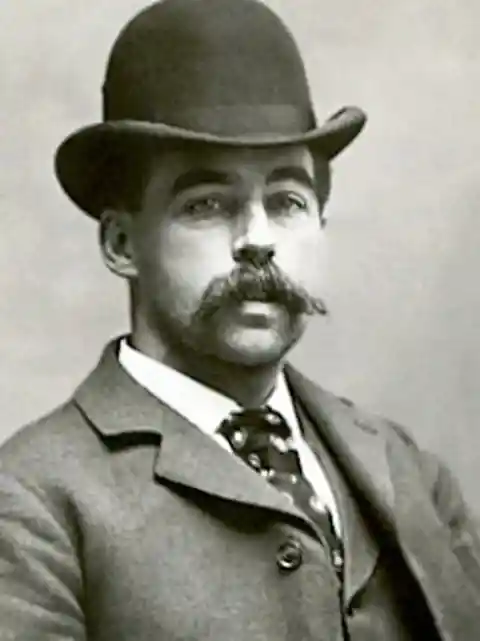
To support his claim, Mudgett submitted samples of handwritten text from both H.H. Holmes and Jack the Ripper for review. Handwriting experts then confirmed the possibility that the two samples could have been written by the same person.
The strange case of Dr. Jekyll and Mr. Hyde
Robert Mansfield was an American actor who played the lead role in Dr. Jekyll and Mr. Hyde in 1887. In August 1888, Mansfield brought his new play to London. He was so convincing in his role that he received positive reviews about his believable performance. There were obvious similarities between Dr. Jekyll and Mr. Hyde and the mysterious Jack the Ripper. It wasn’t long before people started to put two and two together.
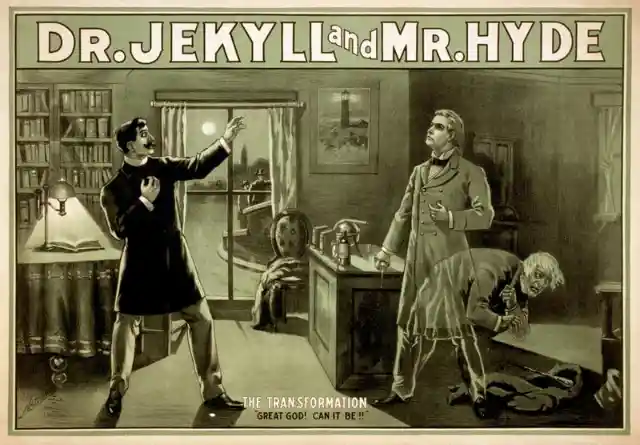
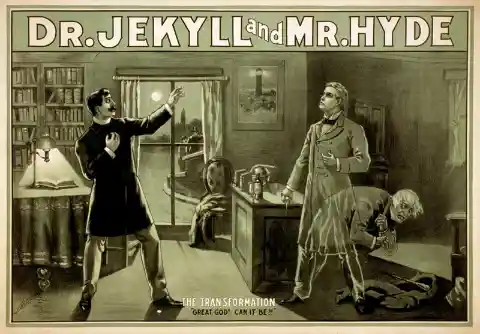
Another suspicious fact was that none of Mansfield’s performance dates ever clashed with the infamous murders. Could all of these just have been a coincidence?
Actor by day, killer by night?
On October 5, 1888, someone sent a letter to the police claiming that Richard Mansfield was the Whitechapel murderer. It is unknown whether the police took the allegations seriously.
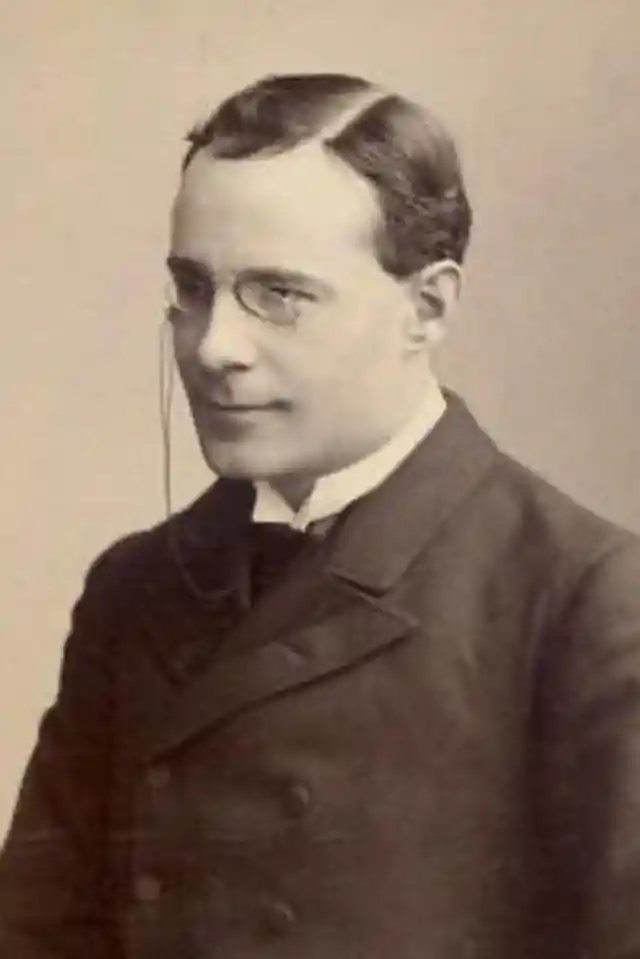
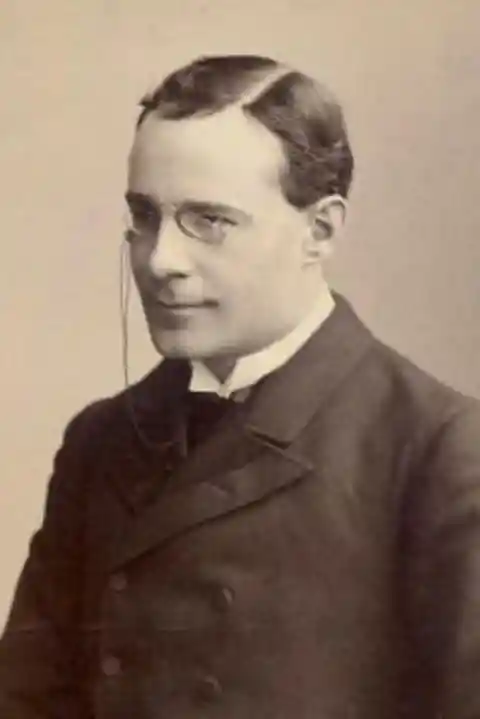
In November, Mary Jane Kelly was found dead and her death was considered as the Ripper’s last murder. With all the hysteria surrounding Jack the Ripper’s murders, Mansfield was even mentioned in London newspapers as a possible suspect. Because of that, he had to shut down the play’s production and return to the US. But is it possible that Mansfield really was trying to imitate art and went on a killing spree as Jack the Ripper?
Was Jack the Ripper an American Doctor?
Another infamous suspect was Doctor Francis J. Tumblety. He was an American quack doctor from New York. He was said to have been a habitual liar with an obsessive sense of self-importance. It was also reported that he had a deep hatred of women, especially call girls.
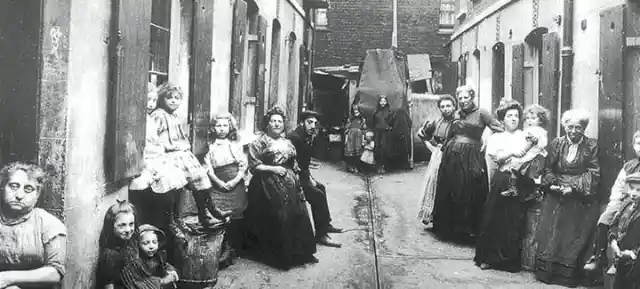
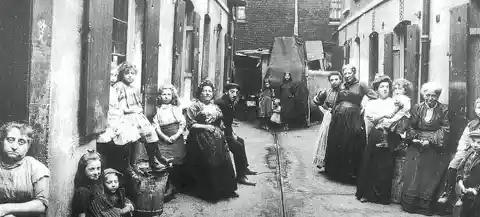
After Jack the Ripper’s final murder, Tumblety fled London and moved back to America. There were rumors that the Scotland Yard police even went to the US to interview him but they couldn’t trace Tumblety and came up empty-handed.
Jack the Ripper revealed?
Forensic scientists claim that they have finally found the identity of the notorious serial killer of London’s East End. The results came from a forensic examination of a stained silk shawl that investigators claimed to have been found next to the mutilated body of the killer’s fourth victim in 1888. The shawl had blood and semen on it which they believed to be from the killer.
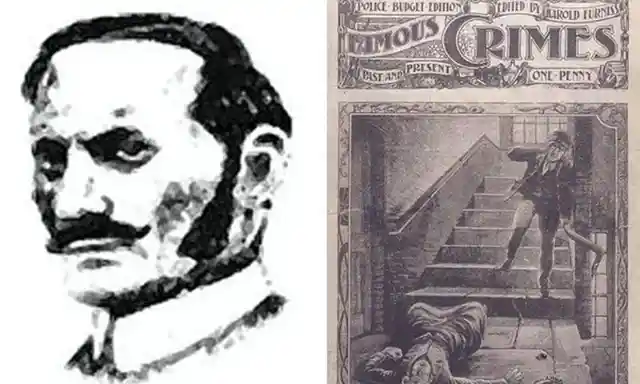
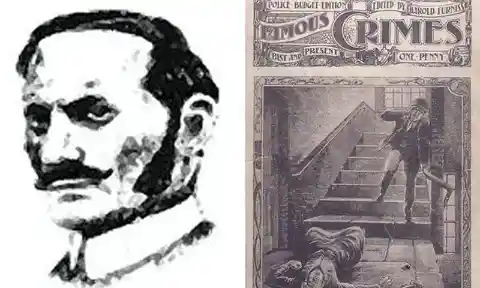
The Genetic test results pointed to Aaron Kosminsky, a 23-year-old Polish barber and a prime suspect at the time. But some critics say that the evidence isn’t strong enough to conclude that Kosminsky is indeed the Ripper.
Jack the Ripper is a woman?
The genetic tests are not the experts’ first attempt to identify Jack the Ripper using DNA. Crime author Patricia Cornwell asked scientists to analyze any DNA samples taken from letters that the serial killer supposedly sent to the police. Based on that DNA analysis, Cornwell said that the results pointed to the painter Walter Sickert. But then again, the results may not be entirely valid due to the questionable authenticity of the said letters.
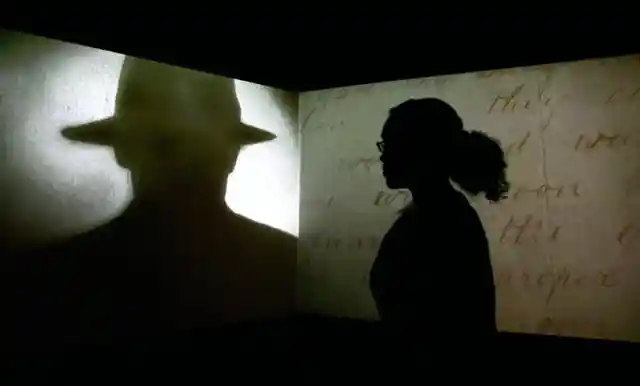
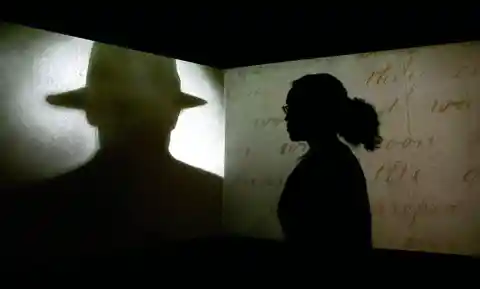
Another genetic analysis of the letters also claimed that the murderer could have been a woman. Is it possible that Jack the Ripper was actually Jane the Ripper?
The Bogey Man
The aftermath of the horrific murders in London’s East End tickled the curiosity of people worldwide. This led to Jack the Ripper becoming “the children's bogey man." The depictions of the mysterious killer were often monstrous and sadistic.
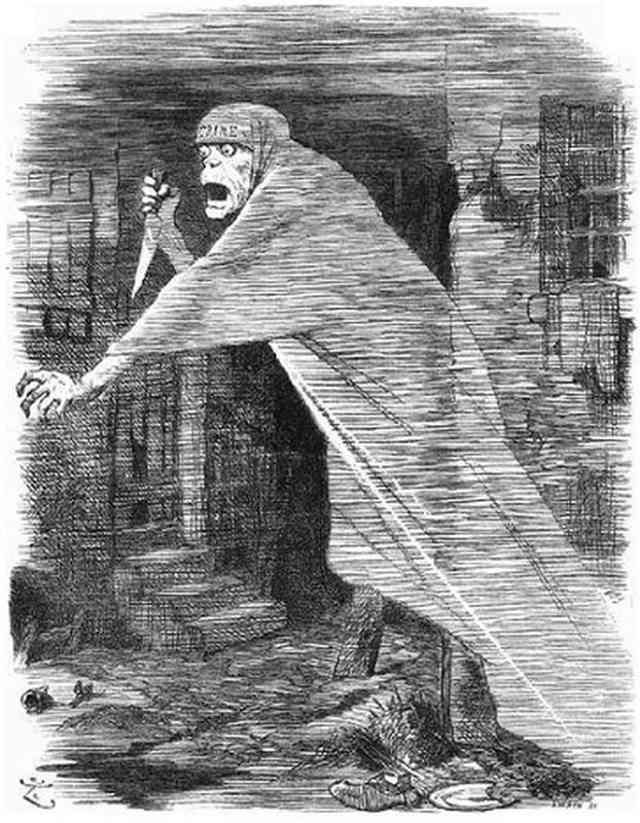
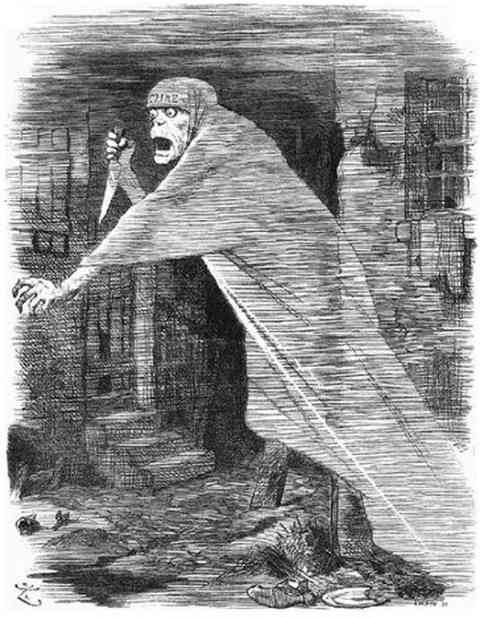
Jack the Ripper has been featured in numerous works of fiction. He has appeared in various novels, short stories, poems, comic books, games, songs, plays, operas, television shows, and films making him one of the most written-about true-crime subjects. In 2006, BBC History magazine even selected Jack the Ripper as the worst Briton in history.
Ripperology
There are countless theories about Jack the Ripper’s true identity. But the conflicting beliefs of theorists and authorities led to over a hundred suspects.
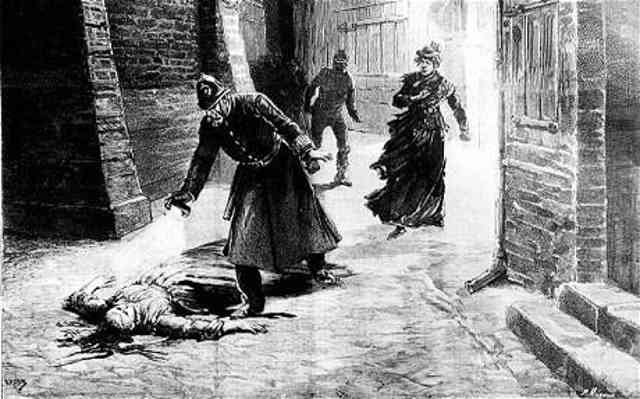
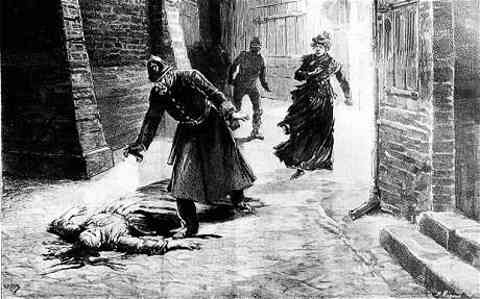
Up until now, there is still continued interest in the Ripper’s case and his anonymity. The term "ripperology" was coined by Colin Wilson in the 1970s to describe the study and analysis of Jack the Ripper’s murders that have inspired numerous pop culture works and references. Professionals and amateurs alike continue to delve into the mystery surrounding the infamous serial killer.
Will the mystery ever be solved?
Right now, there is still not enough information to help determine if any of the suspects that were mentioned was the real Jack the Ripper but enthusiasts and amateur sleuths continue to search for the identity of the serial killer that terrorized the Whitechapel women in 1888. Some have discovered inconsistencies in old witness testimonies and while some claim there are still other “missing evidence.”


With the possibility of these documents coming to light in the coming years and with newer technological advances in forensics, there may still be a chance to solve the biggest murder mystery of the last century. But for now, Jack the Ripper’s true identity will still have to remain a mystery to all.